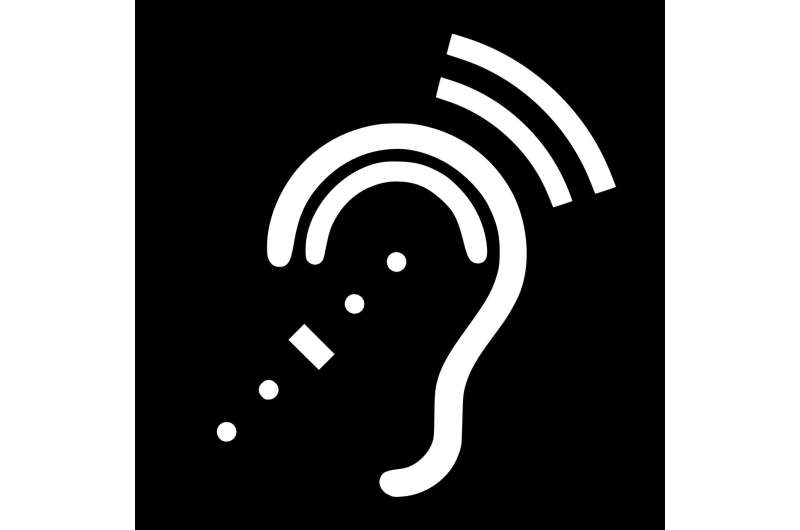amoxicillin kreuzallergie penicillin

Health regulators on Tuesday unveiled their proposal to allow Americans to buy hearing aids without a prescription, a long-awaited move intended to make the devices more accessible to millions of people with hearing problems.
The Food and Drug Administration said the proposed rule would cut red tape that currently requires hearing exams and a prescription for people with mild-to-moderate hearing loss. Under the plan, the devices could be ordered online or bought over-the-counter at pharmacies and other retail stores.
The move follows years of pressure from medical experts and consumer advocates to make the devices cheaper and easier to get.
More than 37 million Americans, or 15% of adults, have trouble hearing, according to the FDA, but only about one-fifth of people who can benefit from hearing aids use one.
Cost is a big obstacle. Between the device itself and fitting services, Americans can pay more than $5,000 to get a hearing aid from a medical specialist. Insurance coverage is very limited, and Medicare doesn’t pay for hearing aids, allied security fence only diagnostic hearing tests.
U.S. officials said Tuesday that the FDA change, when finalized, should spur competition and bring down prices.
“Reducing health care costs for everyone in America is a top priority,” said Health and Human Services Secretary Xavier Becerra. “Today’s move by FDA takes us one step closer to the goal of making hearing aids more accessible and affordable for the tens of millions of people who experience mild to moderate hearing loss.”
Consumer electronic companies have said for years they can produce lower-cost hearing aids, ranging from $50 to $500.
The looser regulations would not apply to devices for people with severe hearing loss or for children. Additionally, the agency said over-the-counter devices would be required to have volume limits and other measures to help prevent injuries.
The agency will take public comments on its proposal for 90 days before finalizing the new rules.
Source: Read Full Article
